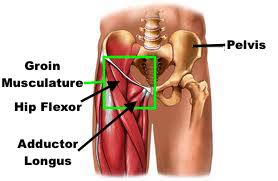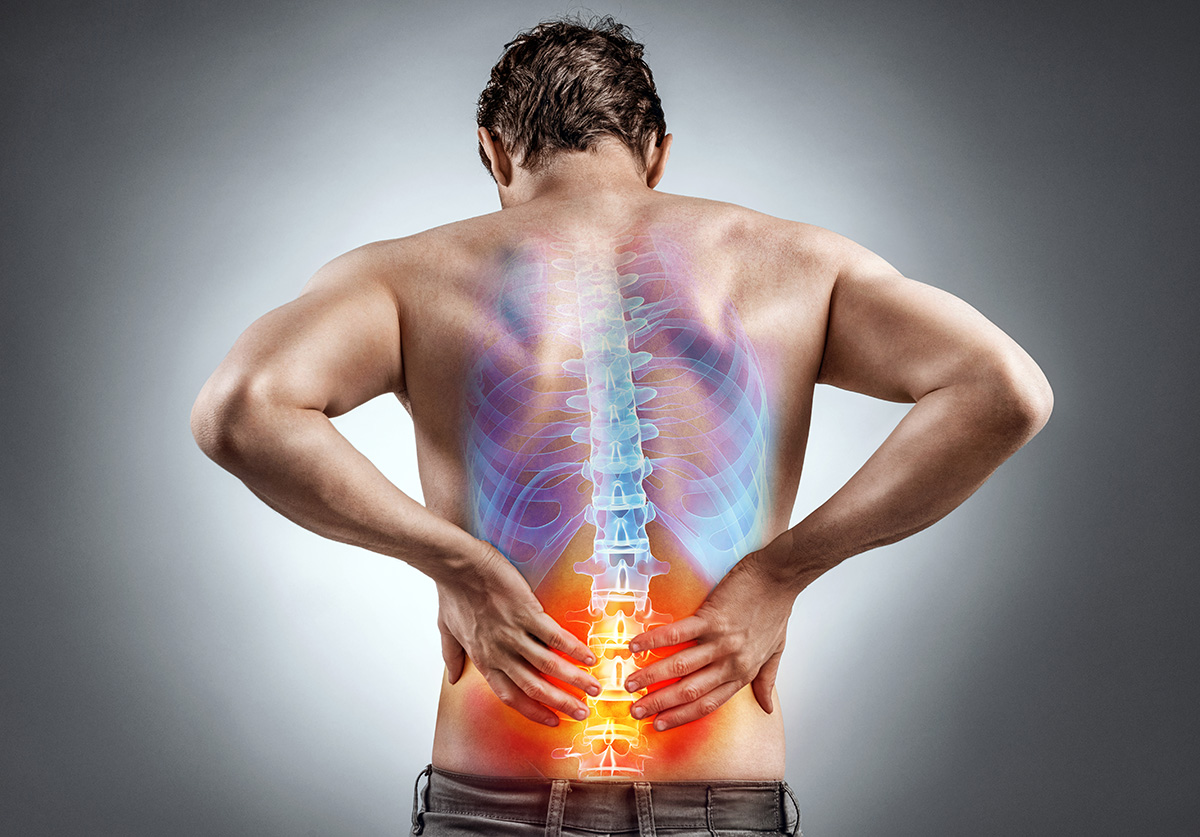All of us have woken up from a long night sleep with that nagging pain through your lower back. We pull our knees to our chest….no relief. We try and rotate our lumbar spine hoping for our pain to reduce….nothing. Maybe it’s that pesky piriformis muscle we all keep hearing about. But none of this is alleviating the pain we are having.
 What if that pain is stemming from a place very few of people associate with lower back pain? We need to look outside the box in order to track down the illusive nature of our pain. Enter the iliopsoas muscle, better known as the hip flexor. The iliopsoas is made up of two separate muscles, the iliacus and the psoas. It runs from the front of our lumbar spine and hip bone to the front and top of our femur. This muscle being tight and bound down not only pulls our hip bone forward, but also pulls our lumbar spine into a hyperextended position increasing the joint pressure. Hence that nagging low back pain we just can’t shake.
What if that pain is stemming from a place very few of people associate with lower back pain? We need to look outside the box in order to track down the illusive nature of our pain. Enter the iliopsoas muscle, better known as the hip flexor. The iliopsoas is made up of two separate muscles, the iliacus and the psoas. It runs from the front of our lumbar spine and hip bone to the front and top of our femur. This muscle being tight and bound down not only pulls our hip bone forward, but also pulls our lumbar spine into a hyperextended position increasing the joint pressure. Hence that nagging low back pain we just can’t shake.
Pulling our knees to our chest or opening the rotation of our spine will have little to no effect on pain generated from this type of restriction. Think about the amount of time we spend these days sitting at our desk, in front of our computer, tablet, or cell phone. Our hips are naturally flexed, putting the hip flexor in a shortened position, allowing it to tighten down and put this tremendous amount of pressure on our spine.
We have all heard or been told that changing positions during the day to stand up and get out of our chair will help to prevent soreness, stiffness, and back pain. Well, there is obviously a method to the madness here. By standing upright we are taking that hip flexor and putting it back onto a more normal, elongated position.
Cranking on our lower back to stretch out or performing only stability exercises such as pelvic tilts, crunches, or bridges can help out some aspects of lower back pain, but if you are not assessing your hip flexor mobility you could be missing the boat to fixing this problem. Core stabilization is a very important part of treatment and will assist with maintain decompression for the long term, but only if you are also working to elongate tight and restricted soft tissues.
 One of the best exercises to stretch the hip flexor is the half kneeling hip flexor stretch. To perform simply attain a half kneeling position with the side to be stretched oriented directly under your trunk with the thigh pointed straight to the floor. The other leg should be bent up to a 90 degree position at the hip and knee. Next, slowly transfer your trunk forward onto the forward leg, allowing the kneeling leg to stretch rearward as shown in the image above. The stretch should be felt through the front of the hip and thigh.
One of the best exercises to stretch the hip flexor is the half kneeling hip flexor stretch. To perform simply attain a half kneeling position with the side to be stretched oriented directly under your trunk with the thigh pointed straight to the floor. The other leg should be bent up to a 90 degree position at the hip and knee. Next, slowly transfer your trunk forward onto the forward leg, allowing the kneeling leg to stretch rearward as shown in the image above. The stretch should be felt through the front of the hip and thigh.
Given that spine pain can have a wide variety of origin, you should seek out consultation from a trained and highly skilled physical therapist to assess and determine the direct cause of your pain. With physical therapists no longer needing a doctor’s referral to begin treatment since the enactment of the Direct Access act in 2006, seeing your PT is a great place to start.
Kyle Branday, MSPT is a physical therapist and Manager at Amity Physical Therapy with locations in Woodbridge, Hamden, Milford and Branford. To set an appointment he can be contacted at (203) 389-4593 or CLICK HERE
www.amitypt.com
Tags:
- Acute Pain
- Amity PT
- back pain
- chronic pain
- Fitness
- fix my pain
- Health
- hip flexor
- hip pain
- Injury Prevention
- low back pain
- Movement
- Orthopedics
- Pain
- Pain Reduction
- Performance
- physical therapy
- Physiotherapy
- piriformis
- PT
- rehab
- Wellness

